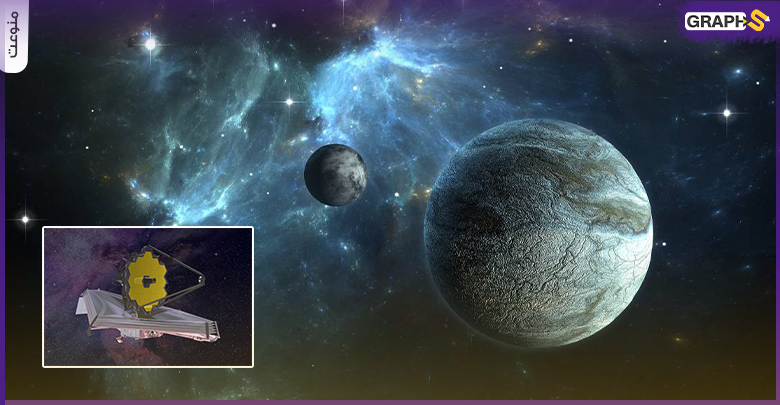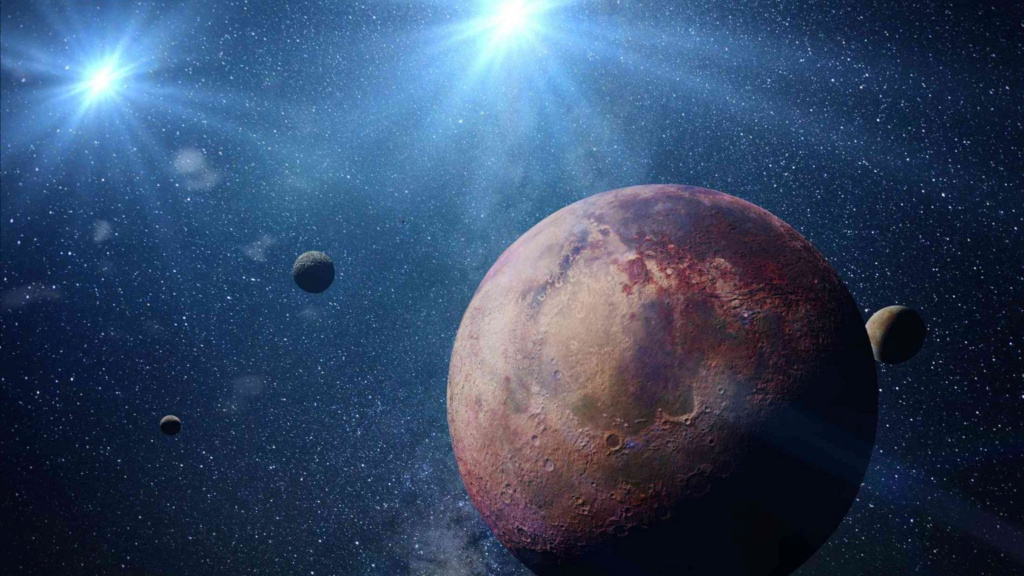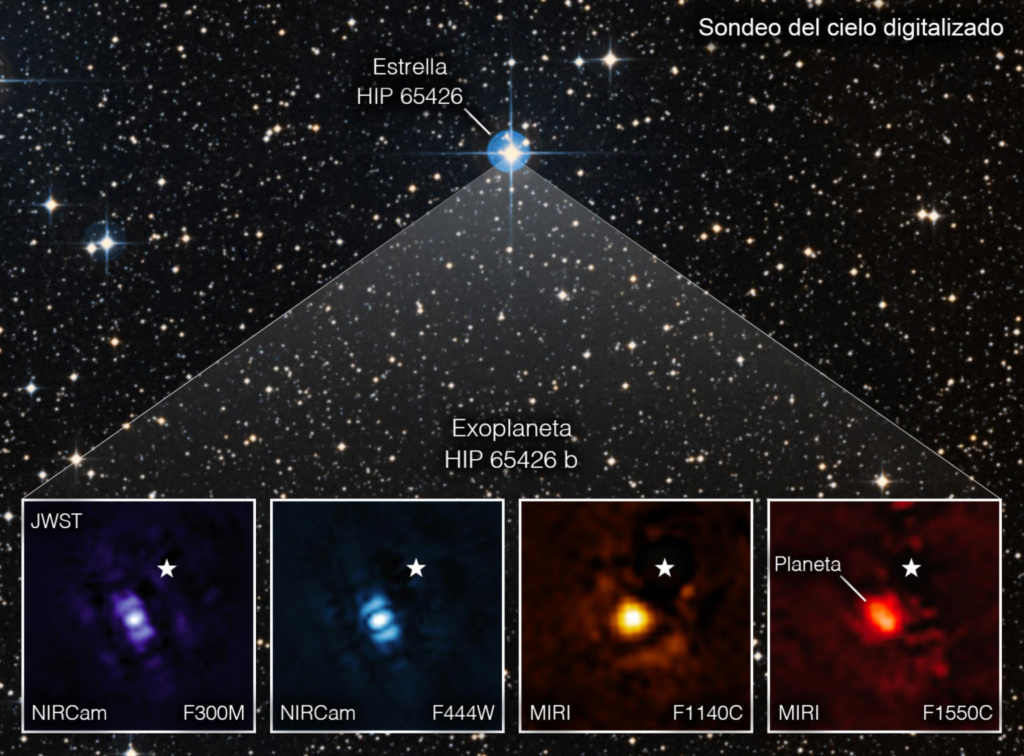Scientists claim that aliens can be discovered within 25 years
Scientists claim that aliens can be discovered within 25 years
A government scientist said we could find alien life outside our solar system in 25 years, but current technology like the James Webb Space Telescope isn't powerful enough to pinpoint evidence of extraterrestrial life.
Sasha Kwanz, an astrophysicist at the Swiss Federal Institute of Technology ETH Zurich, made the comment at the opening of the University's new Center for the Origin and Diffusion of Life.
Although scientists know about 5,000 exoplanets and there are billions yet to be discovered within our Milky Way, we don't know much about the atmospheres of these distant planets.
"In 1995, my fellow Nobel laureate Didier Queloz discovered the first planet outside our solar system," Cowans said during the press conference, according to Space.com.
According to Cowans, the 25-year time frame she set for finding life outside the solar system is ambitious but "not far from reality."
Scientists claim that aliens can be discovered within 25 years
Although the James Webb Telescope, built not to view exoplanets but to view the oldest stars in the universe, recently released the first direct image of an exoplanet orbiting a distant star - HIP 65426 b, a planet 12 times more massive than Jupiter.
However, Cowans explained that the Webb telescope, although the most powerful observatory ever placed in space, is not powerful enough to be able to capture the smaller Earth-like planets that orbit close enough to their stars that liquid water is possible.
This is what Webb can do in terms of taking pictures of planets. We will not be able to reach the minor planets. The web is not powerful enough to do this.
Scientists claim that aliens can be discovered within 25 years
Scientists claim that aliens can be discovered within 25 years
Scientists claim that aliens can be discovered within 25 years
However, there is cause for hope as new tools are already being built with the sole purpose of bridging this gap in James Webb's capabilities.
Cowans and her team are leading the development of the ELT Medium Infrared Imaging and Spectrometer (METIS), a one-of-a-kind instrument that will be part of the Very Large Telescope (ELT).
It is being built by the European Southern Observatory in Chile, ELT, and, once completed at the end of this decade, will contain a 130-foot-wide mirror - making it the largest optical telescope in the world.
“The primary goal of the telescope is to take the first image of a terrestrial planet, potentially similar to Earth, around one of the very closest stars,” the astrophysicist said. "But our long-term vision is to do this not just for a few stars but for dozens of stars, and to investigate the atmospheres of dozens of Earth-like exoplanets."
“What we don't know is whether these terrestrial planets have atmospheres and what these atmospheres are made of,” Kwans said, adding that many of these exoplanets could be able to support life just like Earth.
We need to examine the atmosphere of these planets. We need an observational approach that allows us to take pictures of these planets.
"We need to gain a deeper understanding about the building blocks of life, the pathways and timelines for chemical reactions and external conditions to help us prioritize target stars and target planets," he added.
Scientists claim that aliens can be discovered within 25 years
https://www.stepvideograph.net/2022/09/15/%d9%8a%d8%af%d8%b9%d9%8a-%d8%a7%d9%84%d8%b9%d9%84%d9%85%d8%a7%d8%a1-%d8%a3%d9%86%d9%87-%d9%8a%d9%85%d9%83%d9%86-%d8%a7%d9%83%d8%aa%d8%b4%d8%a7%d9%81/?fbclid=IwAR2dq0C3l-bNoUTxk8M7uf99HbN-UyEjL71U_WUzOi7OlNtIVy50DUAhTKA








